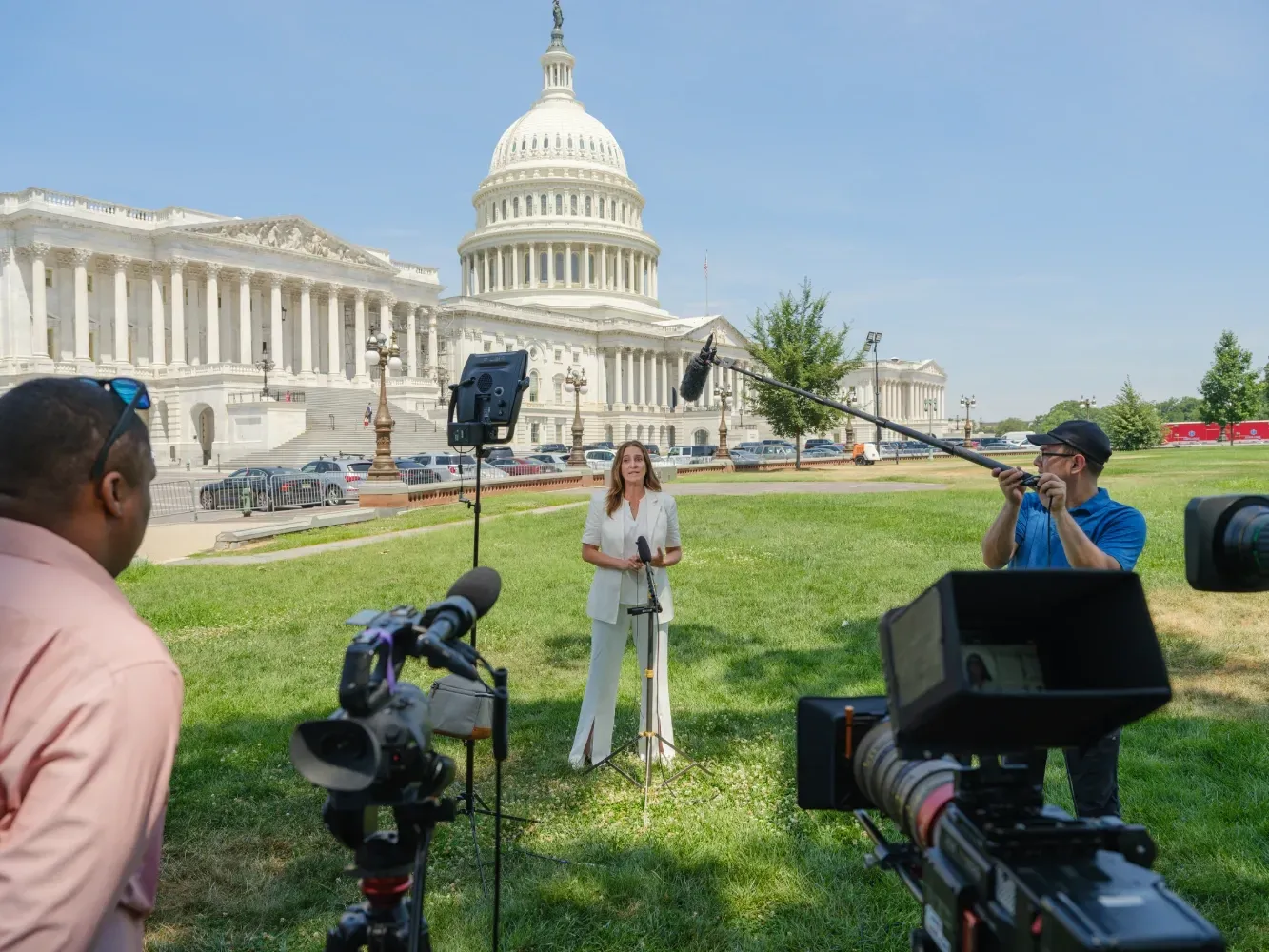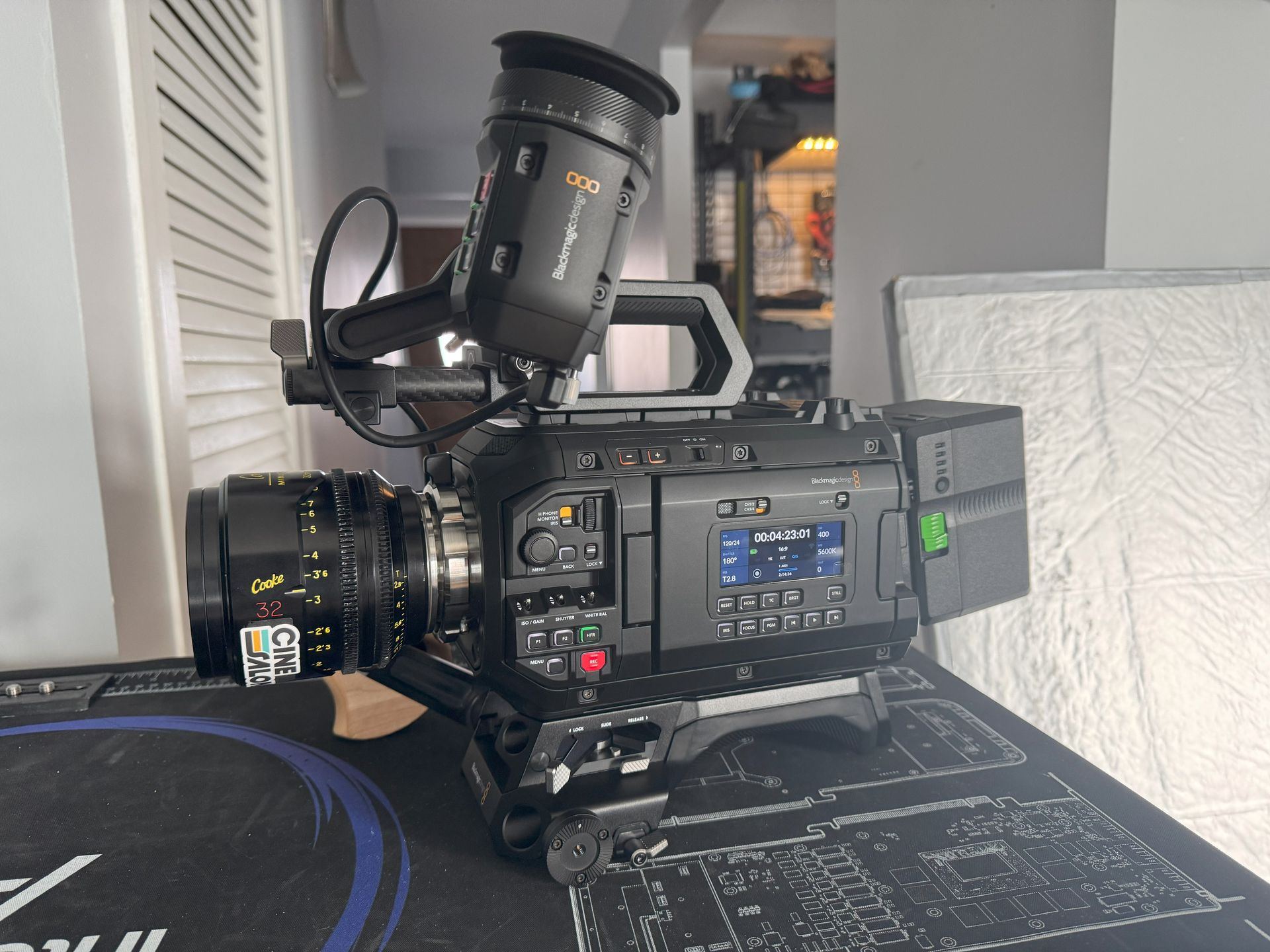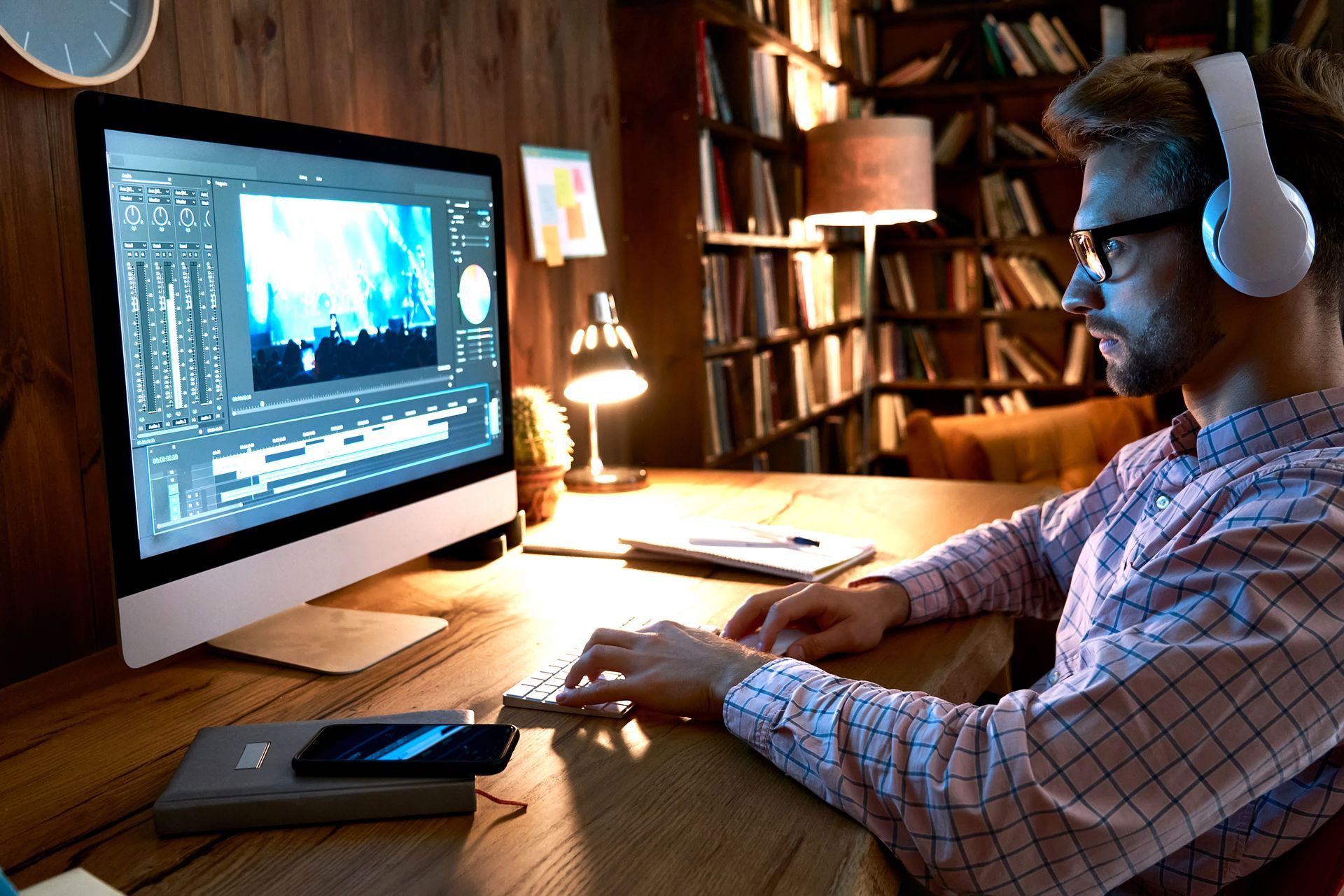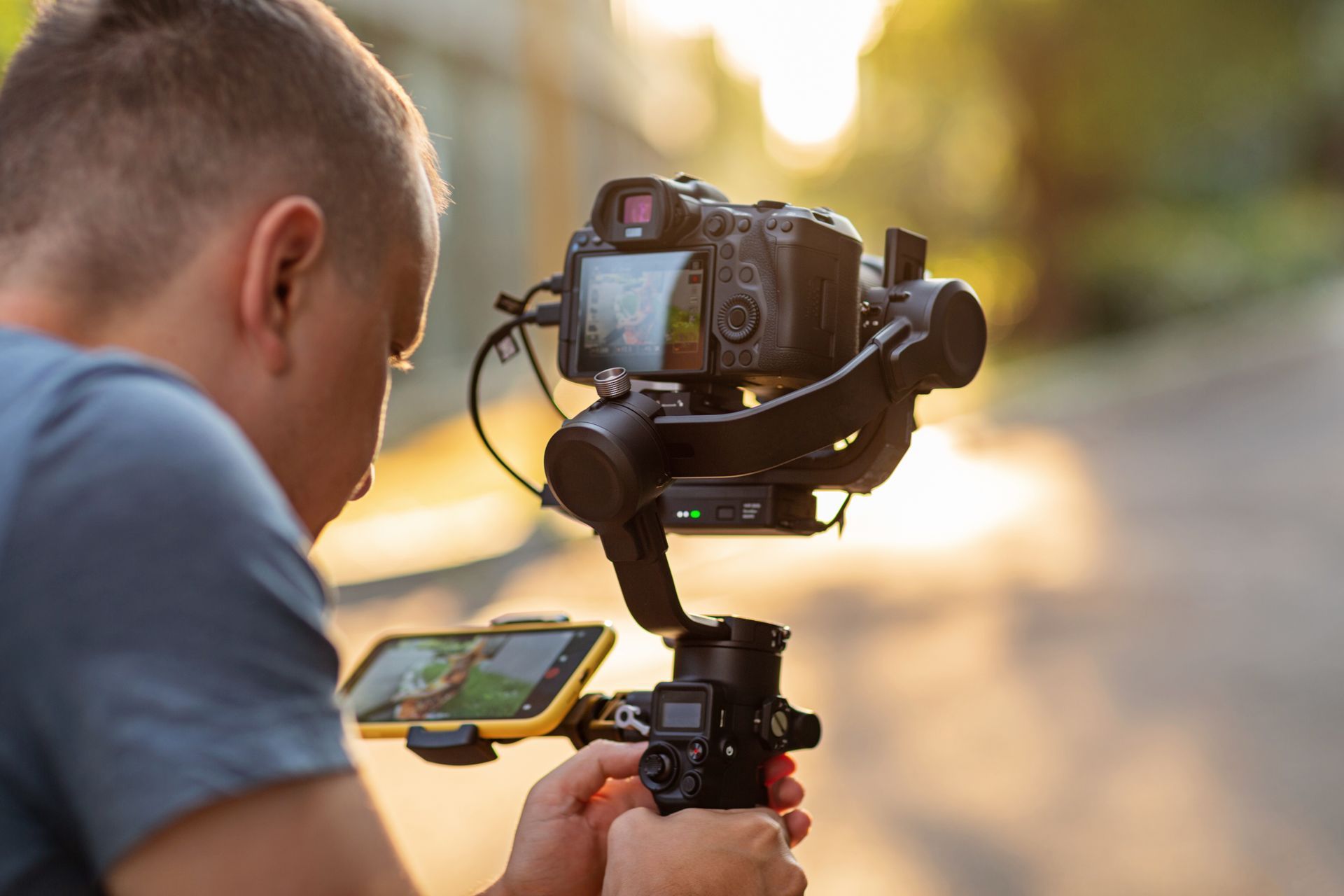
In today's digital age, video has become a powerful tool for educators to convey complex concepts and engage learners of all ages. But it is creating compelling educational videos that communicate ideas and promote learning. It can be a challenging task. It is where "The Art of Crafting Effective Educational Video Content" comes in.
This guide can design to help instructional designers create high-quality educational videos. With practical tips and best practices, this guide provides a step-by-step approach to creating compelling video content. That will enhance the learning experience for students whether you're a seasoned educator or starting. It is an invaluable resource for creating impactful educational videos.
A Brief History of Educational Videos
Instructional videos have supplemented classroom learning for decades. Their evolution:
Educational films were exhibited in classrooms using 16mm projectors in the 1950s–1970s. These films included science, history, and health instruction. Academic film studios made them for textbooks and seminars. VHS tapes dominated educational videos in the 1980s and 1990s. It simplifies distribution and lets students watch videos at home. This time saw science documentaries and arithmetic and reading instruction films.
In the 2000s, the internet made educational films more accessible. Educational content developers started uploading videos to YouTube in 2005. It enabled more educational topics and online learning. Netflix and Amazon Prime Video are now producing and distributing educational videos.
Massive open online courses (MOOCs) allow anyone with an internet connection to attend college-level classes for free. Educational videos have made it easy for people around the world to study a variety of disciplines. Educational videos may remain helpful as technology advances.

Why is Educational Video Content So Effective?
Do you ever zone out during a lecture or lesson at school? Staying focused when someone is talking to you can be challenging. That's why it is so practical!
When you watch a video, you're not listening but also caring. It makes it easier for your brain to process and remember information. The visuals in a video help illustrate complex concepts in a way that words alone cannot.
Another great thing about educational videos is that they will pause, rewound, and re-watch as many times as needed. It is beneficial if you need to help understanding something the first time. With the rise of online learning, educational videos can access anywhere, anytime.
Educational content is a powerful tool for learning. Videos make it easier for you to understand and remember information. So the next time you have trouble focusing during a lecture, watch an educational video instead!
Different Types of Educational Video Content
You can find educational videos in a wide variety of formats. That could come up in your research. Here are a few examples:
Explainer videos: These videos are designed to explain a concept. And process in an easy-to-understand way. You could use animations or diagrams to illustrate the idea.
How-to videos: These videos show you how to do something step-by-step. Like how to solve a math problem or conduct a science experiment.
Lecture videos: These videos are recordings of a teacher giving a lecture. You can be helpful if you miss a class or need to review the material.
Whiteboard videos: These videos use a whiteboard to illustrate concepts and ideas. You might show a teacher or animator drawing and explaining the content.
Interactive videos: These allow you to interact with the content somehow. For example, you answer quiz questions or click on different video parts to learn more.
Educational animations: These videos use energy to explain complex topics fun. You might be used to teaching biology, physics, or historical subjects.
Many different types of educational video content can be helpful for learning. You can find the best ones by exploring other formats and styles.
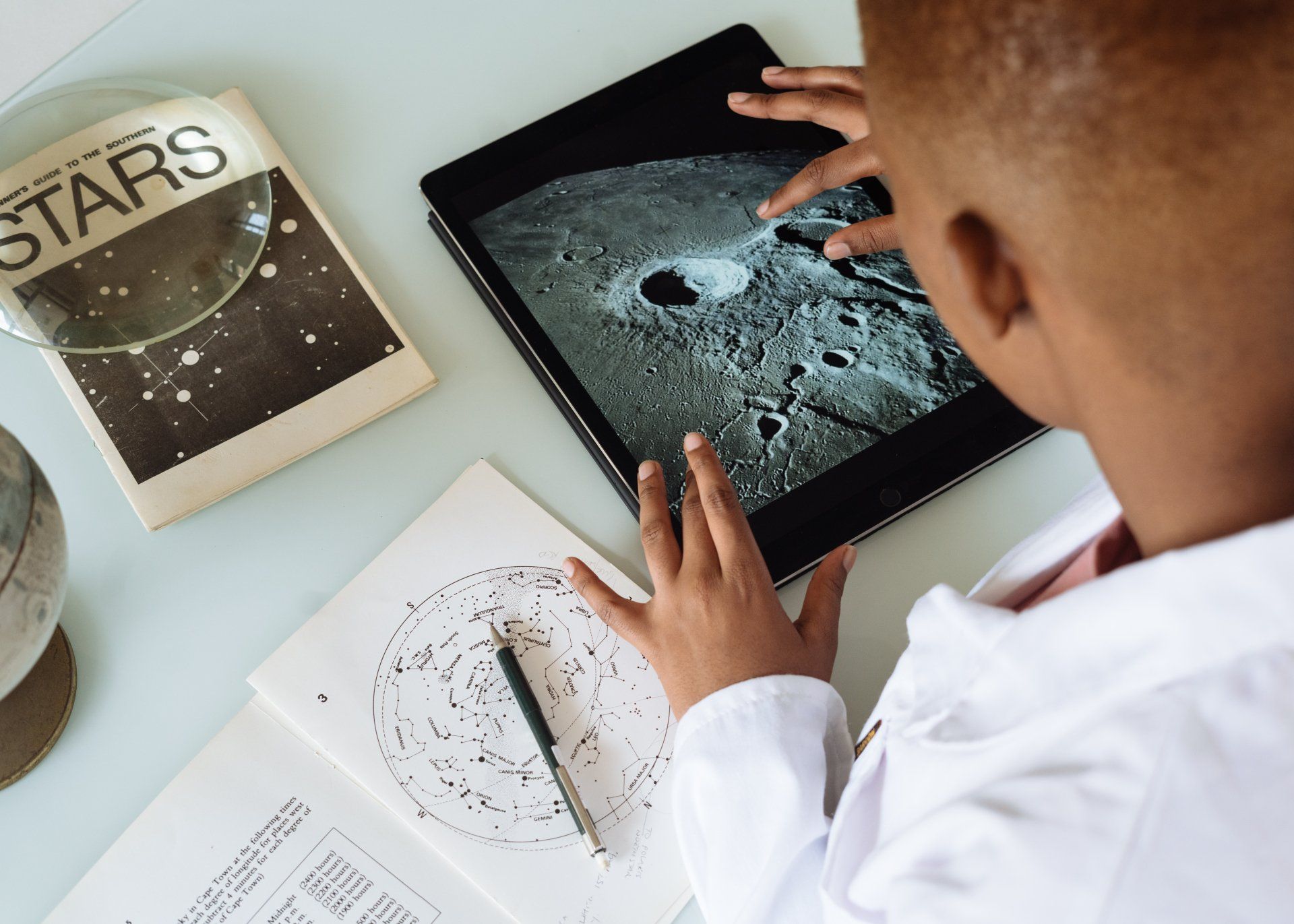
Best Practices for Creating Engaging Educational Video Content
Creating engaging content is about capturing the viewer's attention. Making the content enjoyable and easy to understand. Here are some best practices to keep in mind when creating educational videos:
Start with a precise learning aim: Consider what you want the viewer to learn from it. It will help you stay focused and create relevant and valuable content.
Keep it short and sweet: Attention spans can be quick, so keep your video short and to the point. Aim for 5-10 minutes, and break up longer videos into shorter segments.
Use engaging visuals and audio: Use animations & diagrams to help illustrate the content. Make sure the audio is clear and easy to understand.
Use storytelling techniques: Use storytelling techniques to make the content more exciting. For example, start with a hook to capture the viewer's attention. You can also use models and anecdotes to illustrate key points.
Use interactive elements: Use interactive features like quizzes or polls. It will help viewers engage and promote active learning.
Use a conversational tone: Use a conversational tone when presenting the content. It can help to make the content more relatable and easy to understand.
Include a call-to-action: Include a call-to-action at the end of the video. You can ask the viewer to subscribe to your channel or visit a website for more information.
By following these best practices, you can create educational videos that are engaging, informative, and effective.

The Role of Educational Video Content in Flipped Classrooms
Have you ever heard of a flipped classroom? It's a learning model where you watch instructional videos at home. Then come to class to work on assignments or projects. Educational video content plays a vital role in this learning environment.
When you watch educational videos at home, it serves as the primary source of instruction. You can watch the videos at your own pace and on your schedule. It allows you to take ownership of your learning and work at your own pace. You can pause, rewind, and re-watch the videos as often as needed to understand the content.
You come to class ready to apply what you've learned by watching the videos at home. Class time can be used for hands-on activities, group projects, or discussions. It can reinforce and deepen understanding of the content. It is a great way to promote active learning and engagement.
In a flipped classroom, educational video content can also differentiate instruction. Teachers can create or assign videos based on students' needs or interests. For example, a teacher might give a video on a basic concept for struggling students. In comparison, assigning a more challenging video or project to advanced students. It helps ensure that every student gets the instruction they need to succeed.
One of the most significant benefits of video content in a flipped classroom. And its flexibility. You can watch the videos at any time, anywhere. It allows you to take control of your learning and fit it into your schedule. You're no longer tied to a traditional classroom setting with a set schedule.
Educational video content plays a vital role in the flipped classroom model by providing a flexible and customizable source of instruction. That promotes active learning and engagement. It's a great way to take ownership of your education and get the instruction you need to succeed.
Innovations in Educational Video Content, including VR and AR
VR immerses you in a digital world, which can enhance learning. You can visit a museum or historic site, explore the human body, or even visit another planet. Immersive learning can improve comprehension and engagement.
AR overlays digital content in the real world. A smartphone or tablet can bring static images or objects to life. AR can show the solar system in real-time or the human heart in 3D. Interactive learning can improve retention and engagement.
VR and AR could transform educational videos. You can enhance learning and give students unique experiences. These technologies also reduce distance and resource barriers to education. These technologies are still developing and may only be available to some. They're also costly to install, which limits their use. VR and AR technology improves and becomes more affordable. Educational content may incorporate you.

Evaluating the Success of Your Educational Video Content
If you want your educational content to be effective, you must measure its effectiveness. These are some essential factors to consider. When evaluating the success of your instructional video:
Engagement: One of the most important things to consider. "How interested your audience is in the content." Do they watch the whole thing or click away after a few seconds? You can keep track of this data with tools like YouTube Analytics or Google Analytics.
Learning Outcomes: Another critical thing to look at is the content of the educational video. It helps learners reach the goals they set for themselves. It can check by giving learners tests or surveys before and after they watch the video to see what they know.
Feedback from Learners: It's essential to find out what learners thought of the video content through feedback. Did they find it interesting and helpful, or could it have been better in some ways? You can get this kind of feedback through surveys or focus groups.
Impact on Teaching: Another thing to consider is how educational video content affects teaching. Does it help teachers explain ideas more, or do they find it doesn't work for their teaching style or subject matter?
Return on Investment (ROI): Finally, it's important to consider educational content's return on investment (ROI). Did it deserve the time and money that went into making it? It can judge by comparing how much it cost to make the video to how much it helped the students learn and how engaged they were.
You can determine your educational video content's success by looking at these things. Make any changes to create it work better.

Possibilities and Challenges for Educational Video Content in the Future
The use of video in the classroom has numerous potential benefits and pitfalls to consider as technology develops. Some of the most important considerations include:
Opportunities:
Personalization: Customization based on the application of machine learning and artificial intelligence. Video lessons will be tailored to the specific requirements of each student. It has the potential to stimulate greater interest and boost learning results.
Accessibility: A wider audience can access video lessons, including students with special needs and those who study in unconventional environments. It has the potential to promote educational equality.
Interactivity: Gamification and quizzes are two examples of interactive video content. It has the potential to pique students' interests and make education more engaging.
Global Reach: You may now educate people worldwide by sharing instructional videos with them. It paves the way for students all over the world to have access to the same materials and learn from one another.
Challenges:
Quality Control: Given the abundance of available videos online, verifying the integrity and high quality of those devoted to education might be difficult.
Implementation: Incorporating educational video content into the classroom requires resources such as technology and training for teachers. It can be a challenge, especially for schools with limited budgets.
Engagement: While engaging, it can also be challenging to keep learners focused and motivated to learn through video content alone.
Assessment: It can be challenging to assess learning outcomes through educational video, primarily if used as a primary instructional tool.
As you can see, there are both opportunities and challenges when using educational video content in education. With careful planning and consideration, video content can be a powerful tool for engaging learners and improving learning outcomes.

The Rise of Online Learning Platforms
Have you noticed how many online learning platforms are popping up these days? That's because there has been a rise in the popularity of online learning! Here are some reasons why:
Convenience: Online learning platforms allow you to learn from the comfort of your own home or anywhere with an internet connection. It makes it much more convenient than traditional classroom learning, where you have to commute to a physical location.
Flexibility: Online learning platforms are often self-paced, which means that you can learn at your speed. It is excellent for people with busy schedules or who need to work around other commitments.
Various courses: Online learning platforms offer multiple plans, from academic subjects to personal development topics. It means that you can learn about anything that interests you!
Affordability: Online learning platforms are often more affordable than traditional classroom learning. They have a different overhead cost than physical schools, such as building maintenance and utilities.
Interactivity: Online learning platforms often have interactive elements. Likes discussion forums and quizzes, making the learning experience more engaging.
The rise of online learning platforms has made education more accessible and affordable worldwide. With the convenience, flexibility, and variety of courses these platforms offer, it's no wonder they are becoming so popular.

Conclusion:
Educational video content has come a long way since its early days in the 1950s—the development of online learning platforms and massive open online courses (MOOCs). Videos have expanded access to education and allowed for a broader range of topics to cover as technology continues to advance. It will help if you stay up-to-date with the latest innovations. It is best practice to create engaging and effective educational video content. You can Integrate these videos into your teaching strategies. You can enhance the learning experience for your students and help them achieve academic success.

Get total clarity on your video marketing and paid media with our FREE comprehensive data audit.

